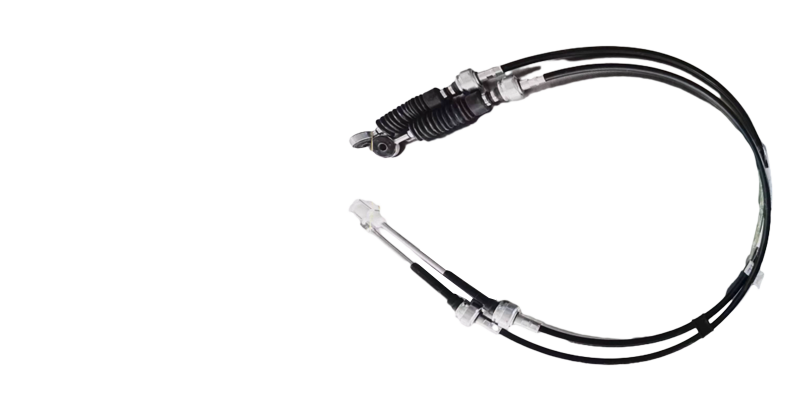hand brake cable
Understanding Hand Brake Cables Importance, Function, and Maintenance
The hand brake, also known as the emergency brake or parking brake, is an essential component in a vehicle's braking system. One of its critical parts is the hand brake cable, which plays a pivotal role in ensuring that the brake system functions effectively. In this article, we'll delve into the importance, functions, and maintenance of hand brake cables.
Importance of Hand Brake Cables
Hand brake cables are essential for the proper operation of the hand brake system. These cables connect the hand brake lever inside the vehicle to the brake assembly at the wheels. When you pull the hand brake lever, the cables are pulled tight, applying pressure to the brakes and helping to keep the vehicle stationary. This is especially important when parking on inclines or when the vehicle is not in use. A functional hand brake is a safety measure that prevents accidents caused by unintentional vehicle movement.
Function of Hand Brake Cables
The primary function of hand brake cables is to transmit the force exerted by the vehicle's driver when pulling the hand brake lever. The design of the hand brake cable usually includes a flexible outer casing made of metal or durable plastic to protect the inner cable. This inner cable is typically made of steel, allowing it to withstand significant tension without breaking.
When the hand brake lever is engaged, the cable pulls a mechanism at the rear brakes—typically drum brakes or disc brakes—thereby engaging the braking function. In modern vehicles, this might also involve components like calipers in disc brake systems that clamp the brake pads onto the rotor. The efficiency of the hand brake system largely depends on the condition of these cables. If the cables are frayed, rusted, or damaged, they may not apply enough force to the brakes, rendering the hand brake ineffective.
Maintenance of Hand Brake Cables
hand brake cable

Regular maintenance of hand brake cables is crucial to ensure safety and functionality. Here are some important maintenance tips
1. Inspection Visually inspect the cables for signs of wear, fraying, or rust. Pay attention to the areas where the cables move or pivot, as these are prone to friction and damage.
2. Lubrication Apply a suitable lubricant to the cable housing to ensure smooth movement. This prevents the cable from sticking, which can lead to poor performance or failure.
3. Adjustments If you notice the hand brake is not holding the vehicle securely, it may require adjustment. Most vehicles have an adjustment mechanism that can help tighten the cable.
4. Replacement If the cables are significantly damaged or rusted, they should be replaced immediately. It’s advisable to consult a mechanic for professional installation to ensure safety and reliability.
5. Professional Servicing Having a qualified technician inspect the hand brake system regularly can help catch potential issues before they develop into serious problems.
Conclusion
Hand brake cables are vital to the safe operation of a vehicle’s emergency braking system. Understanding their function and the importance of routine maintenance can prevent accidents and ensure your vehicle is secure when parked. By keeping hand brake cables in good working condition, drivers can enjoy peace of mind knowing that their vehicle will remain safely stationary when required. Regular checks and prompt repairs are the keys to maintaining an effective hand brake system.
-
Workings of Clutch Pipe and Hose SystemsNewsJun.04,2025
-
The Inner Workings of Hand Brake Cable SystemsNewsJun.04,2025
-
The Secrets of Throttle and Accelerator CablesNewsJun.04,2025
-
The Hidden Lifeline of Your Transmission Gear Shift CablesNewsJun.04,2025
-
Demystifying Gear Cables and Shift LinkagesNewsJun.04,2025
-
Decoding Clutch Line Systems A Comprehensive GuideNewsJun.04,2025
